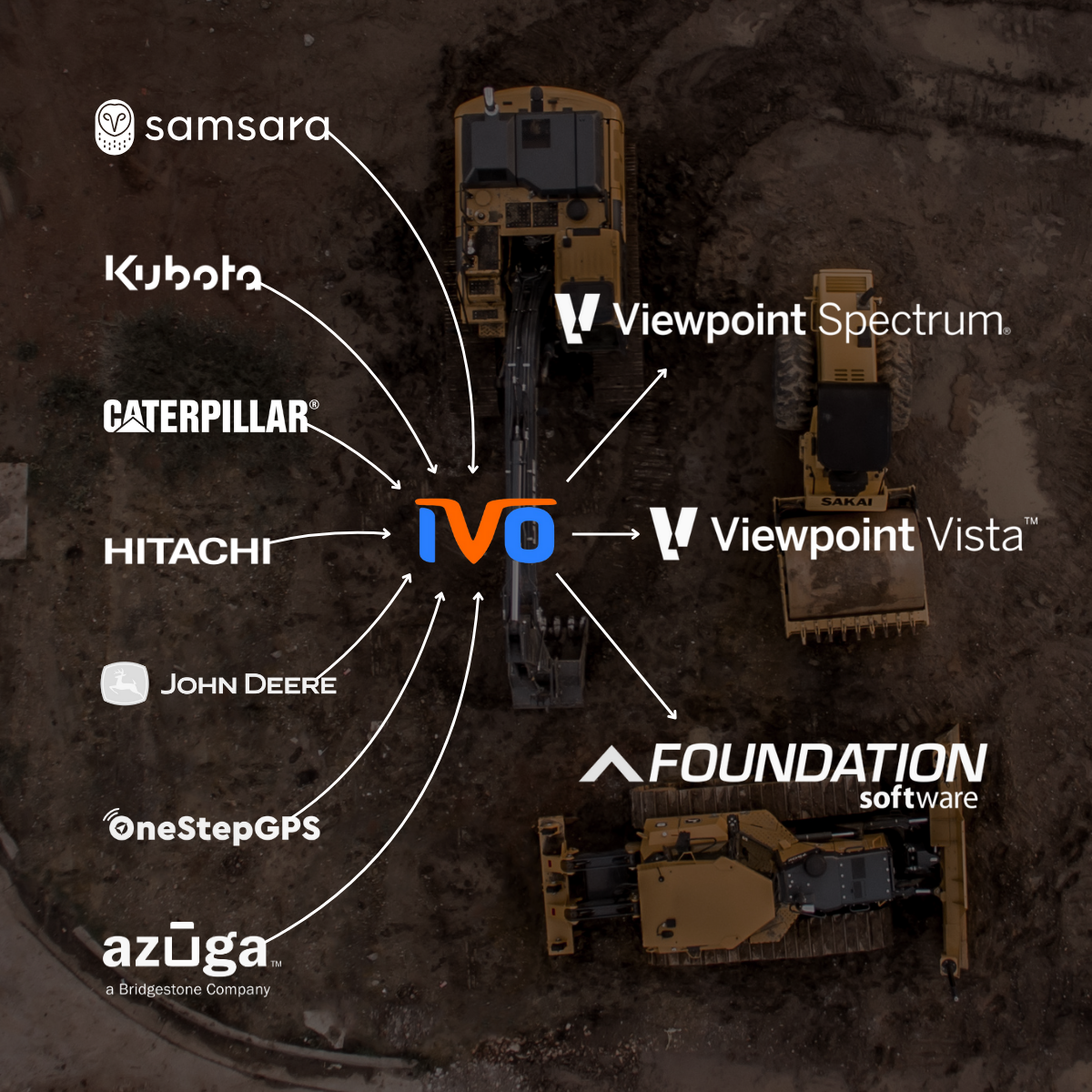In the world of civil construction, heavy equipment plays a crucial role in shaping our physical environment. From pipe work to excavation, these machines are essential for completing projects efficiently and effectively. In this blog post, we will explore the three categories of heavy equipment used in civil construction: primary, secondary, and tertiary. These categories vary from runtime, and how effectively the project can go on if these pieces of equipment are removed. The primary category includes 8 to 10 hours of daily runtime and the project stops altogether if the piece goes down. The secondary category is 4 to 6 hours of runtime and interferes with the project, possibly causing delays, but does not stop it entirely. And finally, the tertiary category includes 0 to 3 hours of runtime and the project goes on even if these pieces of equipment go down.
Primary Heavy Equipment
Primary heavy equipment represents the backbone of any civil construction project. These machines are critical to the primary tasks and operations and are indispensable in ensuring smooth project progression. Here are some examples of primary heavy equipment:
- Mainline Pipe Excavator: This specialized excavator is designed specifically for digging trenches and excavating for mainline pipe installations. It efficiently handles the excavation process by ensuring accurate placement and alignment of pipes.
- Mass Excavation Equipment: These heavy machines are capable of handling large-scale excavation projects. They offer high productivity and are often equipped with advanced features for efficiency of the project.
- Loader at Pit: Loaders are versatile machines used for a wide range of tasks, including loading and transporting materials, stockpiling, and leveling uneven terrain. In the context of civil construction, loaders stationed at pits are responsible for loading materials onto trucks for transportation to different sites.
- Asphalt/Concrete Paver: An asphalt/concrete paver is a specialized construction machine designed to efficiently and precisely lay asphalt or concrete surfaces on roads, highways, parking lots, and other large areas. This equipment plays a crucial role in the construction industry by ensuring the proper installation of smooth and durable roadways.
Secondary Heavy Equipment
Secondary heavy equipment provides vital support to primary machinery and helps optimize construction operations. While not as critical as primary equipment, these machines significantly contribute to the overall progress of a project. Here are some examples of secondary heavy equipment:
- Loader with Mainline Pipe Crew: This loader is used alongside the mainline pipe crew to help handle and transport materials required for pipe installation. It helps keep the workflow smooth and ensures a continuous supply of materials.
- Skid Steer for Cleanup: Skid steers are compact machines known for their versatility and maneuverability. In civil construction, they are commonly used for cleanup tasks, such as removing debris, leveling surfaces, and clearing smaller areas.
- Grader: Graders are heavy equipment used for fine grading and leveling of surfaces. They are crucial for achieving precise slope and surface specifications, particularly in road construction and site preparation projects.
- Dozer: Bulldozers, or dozers, are powerful machines equipped with a large metal blade at the front. They are primarily used for earthmoving operations, such as pushing soil, leveling terrain, and clearing land.
- Haul Truck: A haul truck, or dump truck, is a vehicle built for transporting large amounts of materials like rocks or dirt. With a tilting cargo bed, it's perfect for construction and mining, providing efficient material handling. Haul trucks are essential for heavy-duty applications.
Tertiary Heavy Equipment
Tertiary heavy equipment comprises machines that are less frequently used or have shorter operational durations. While they may not be as vital to the primary tasks, they serve essential roles in specific construction scenarios. Here are some examples of tertiary heavy equipment:
- Hoe Pack: A hoe pack is an excavator with a compaction attachment used to compact soil and backfill material in trenches. It helps ensure stability and proper compaction of the trench, creating a solid foundation.
- Breaker: Breakers, also known as hydraulic hammers, are powerful attachments used to break up concrete, asphalt, rock, and other hard materials. They are commonly used during demolition or renovation projects to facilitate the removal of existing structures.
- Excavator at Stockpile: This excavator is utilized very sporadically for handling materials at stockpiles. It assists in loading and unloading materials.
Conclusion
It's crucial for heavy civil companies to maintain ALL their equipment. Downtime is the worst-case scenario because it results in delays and additional costs that otherwise could have been avoided. Primary equipment breakdowns can cost thousands of dollars per hour depending on the nature of the work and are essential to keep running. This is even prevalent on tertiary equipment, which unfortunately gets missed because it’s used sporadically by many different operators. To avoid these setbacks, prioritize regular inspections and maintenance for your entire fleet, ensuring smooth operations and minimizing financial losses.



